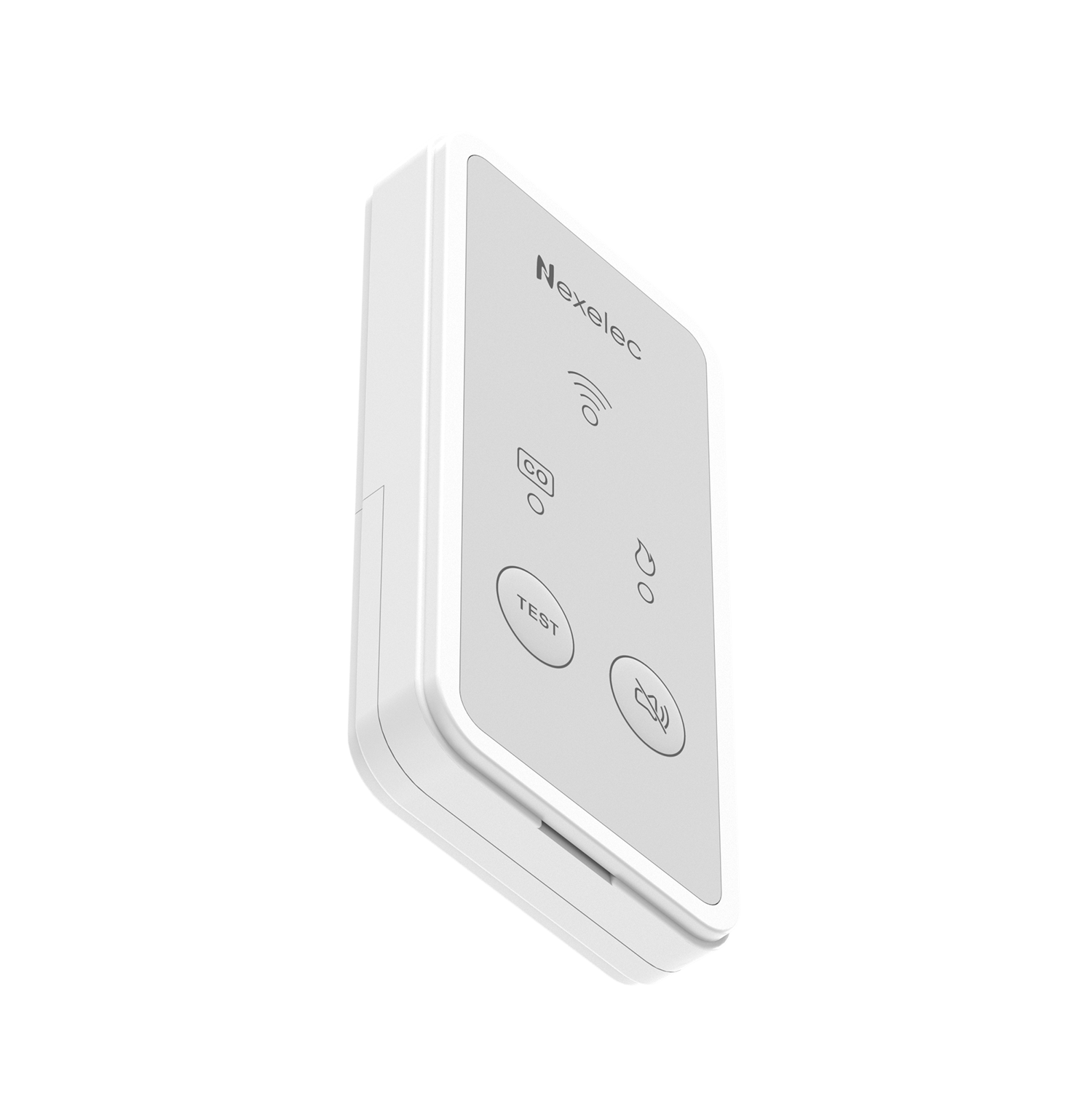Remote IoT Batch Job Example: Revolutionizing Data Processing Since Yesterday
Remote IoT batch job processing has become a game-changer in the tech world, transforming how we handle data across industries. Imagine this: devices all over the globe collecting information, sending it to centralized systems, and then processing that data in bulk—all without anyone needing to be physically present. Sounds futuristic, right? Well, it’s not just a dream anymore. This technology is already here, and it’s reshaping the way businesses operate. Whether you’re in manufacturing, healthcare, or even agriculture, remote IoT batch jobs are making processes faster, more efficient, and cost-effective. So, why wait? Let’s dive into the details!
When we talk about remote IoT batch jobs, we’re referring to the process of collecting and processing large amounts of data from Internet of Things (IoT) devices without human intervention. These jobs are designed to run automatically, ensuring that data is handled efficiently and accurately. This method is especially useful for companies dealing with massive datasets, as it allows them to focus on other critical areas while the system takes care of the heavy lifting.
Since yesterday, the demand for remote IoT batch job examples has skyrocketed. Businesses are realizing the potential of this technology and are eager to implement it into their operations. From monitoring environmental conditions to tracking inventory levels, the applications are endless. But how exactly does it work? And what are some practical examples of remote IoT batch jobs in action? Let’s explore these questions and more in this article.
- Topnotch Cast Of Wedding Crashers Movie Who Starred
- Discover The Life And Love Of Cody Johnsons Beloved Wife
Before we dive deeper, here’s a quick overview of what you’ll find in this article:
- Introduction to Remote IoT Batch Jobs
- Benefits of Using Remote IoT Batch Jobs
- Real-World Examples of Remote IoT Batch Jobs
- How to Implement Remote IoT Batch Jobs
- Tools and Technologies for Remote IoT Batch Processing
- Common Challenges and Solutions
- The Future of Remote IoT Batch Jobs
- Data Collection and Management
- Security Considerations
- Conclusion and Call to Action
Introduction to Remote IoT Batch Jobs
Remote IoT batch jobs are essentially automated processes that handle large volumes of data collected by IoT devices. These jobs are scheduled to run at specific intervals, ensuring that data is processed efficiently without the need for constant human oversight. Think of it as a virtual assistant that takes care of all your data-related tasks while you focus on other important aspects of your business.
In today’s fast-paced world, companies can’t afford to waste time manually processing data. That’s where remote IoT batch jobs come in. They streamline operations, reduce errors, and save valuable resources. Whether you’re dealing with temperature sensors in a factory or GPS trackers in a fleet of vehicles, remote IoT batch jobs can handle it all.
- How Many Kingsman Movies Are There Find Out Now
- The Curious Case Of Lisa Marie Her Age When Elvis Passed
Why Remote IoT Batch Jobs Matter
Let’s face it: data is the lifeblood of modern businesses. Without it, companies would struggle to make informed decisions. However, collecting and processing this data manually can be time-consuming and prone to errors. Remote IoT batch jobs eliminate these issues by automating the entire process. This not only improves accuracy but also frees up your team to focus on more strategic tasks.
For example, imagine a smart city equipped with sensors that monitor traffic patterns, air quality, and energy consumption. Instead of having someone manually analyze all this data, a remote IoT batch job can process it overnight, providing valuable insights by the morning. This kind of efficiency is what sets remote IoT batch jobs apart from traditional data processing methods.
Benefits of Using Remote IoT Batch Jobs
Now that we’ve covered the basics, let’s talk about the benefits of using remote IoT batch jobs. There are several advantages to implementing this technology, and they can have a significant impact on your business. Here are some of the key benefits:
- Increased Efficiency: By automating data processing, you can handle larger volumes of data in less time.
- Cost Savings: Reducing the need for manual intervention means lower labor costs and fewer errors.
- Improved Accuracy: Automated systems are less prone to human error, ensuring that your data is reliable.
- Scalability: As your business grows, remote IoT batch jobs can easily scale to meet your increasing data needs.
- Real-Time Insights: With faster data processing, you can make more informed decisions in real-time.
These benefits make remote IoT batch jobs an attractive option for businesses looking to optimize their operations. But don’t just take our word for it—let’s look at some real-world examples to see how this technology is being used in practice.
Real-World Examples of Remote IoT Batch Jobs
Example 1: Smart Agriculture
In the agriculture industry, remote IoT batch jobs are being used to monitor soil moisture levels, weather conditions, and crop health. Sensors placed throughout a farm collect data on these factors, which is then processed in bulk to provide farmers with actionable insights. For instance, a farmer might receive a report indicating which areas of their field need more water or fertilizer, allowing them to optimize their resources and increase yields.
Example 2: Fleet Management
For companies with large fleets of vehicles, remote IoT batch jobs are revolutionizing how they manage their operations. GPS trackers installed in each vehicle send data to a central system, where it’s processed to provide insights into fuel consumption, maintenance needs, and driver behavior. This not only helps reduce costs but also improves safety and compliance.
Example 3: Smart Buildings
Smart buildings equipped with IoT sensors can use remote IoT batch jobs to optimize energy usage. By analyzing data on occupancy levels, temperature, and lighting, these systems can automatically adjust settings to reduce energy consumption without compromising comfort. This leads to significant cost savings and a smaller environmental footprint.
How to Implement Remote IoT Batch Jobs
Implementing remote IoT batch jobs may seem daunting at first, but with the right approach, it can be a smooth process. Here are some steps to help you get started:
- Identify Your Needs: Determine which areas of your business could benefit from remote IoT batch jobs.
- Choose the Right Tools: Select tools and technologies that align with your goals and budget.
- Design Your Workflow: Create a workflow that outlines how data will be collected, processed, and analyzed.
- Test and Optimize: Run pilot tests to ensure everything is working as expected, and make adjustments as needed.
Remember, the key to successful implementation is planning and preparation. Take the time to understand your requirements and choose the right solutions to meet them.
Tools and Technologies for Remote IoT Batch Processing
There are several tools and technologies available for remote IoT batch processing, each with its own strengths and weaknesses. Here are a few popular options:
- Apache Kafka: A distributed event streaming platform that can handle large volumes of data in real-time.
- Google Cloud Dataflow: A fully managed service for batch and streaming data processing.
- AWS Lambda: A serverless compute service that lets you run code in response to events without provisioning or managing servers.
- Microsoft Azure IoT Hub: A cloud-based service that enables reliable and secure bi-directional communications between IoT devices and a cloud-hosted solution.
When choosing a tool, consider factors such as scalability, ease of use, and integration capabilities. The right tool can make a big difference in the success of your remote IoT batch jobs.
Common Challenges and Solutions
While remote IoT batch jobs offer many benefits, they also come with their own set of challenges. Here are some common issues and how to address them:
- Data Overload: With so much data being generated, it’s easy to get overwhelmed. Solution: Use data filtering and aggregation techniques to focus on the most important information.
- Security Concerns: IoT devices can be vulnerable to cyberattacks. Solution: Implement strong security measures, such as encryption and authentication, to protect your data.
- Integration Issues: Integrating IoT devices with existing systems can be challenging. Solution: Work with experienced professionals who can help bridge the gap between old and new technologies.
By addressing these challenges proactively, you can ensure a smoother implementation process and better results.
The Future of Remote IoT Batch Jobs
As technology continues to evolve, the future of remote IoT batch jobs looks bright. Advances in artificial intelligence, machine learning, and edge computing are opening up new possibilities for how data is collected and processed. For example, AI-powered systems can analyze data in real-time, providing instant insights and recommendations.
Additionally, the growing adoption of 5G networks is expected to further enhance the capabilities of remote IoT batch jobs. With faster speeds and lower latency, these systems will be able to handle even larger volumes of data with greater efficiency.
Data Collection and Management
Data collection and management are critical components of remote IoT batch jobs. To ensure the success of your operations, it’s important to have a solid data strategy in place. This includes:
- Defining clear data collection goals
- Selecting the right sensors and devices
- Implementing data storage solutions
- Establishing data governance policies
By taking a structured approach to data collection and management, you can maximize the value of your remote IoT batch jobs and drive better business outcomes.
Security Considerations
Security is a top priority when it comes to remote IoT batch jobs. With so much sensitive data being processed, it’s crucial to have robust security measures in place. Here are some best practices to consider:
- Encrypt all data transmissions
- Use strong authentication methods
- Regularly update firmware and software
- Monitor for suspicious activity
By following these guidelines, you can protect your data and maintain the trust of your customers and stakeholders.
Conclusion and Call to Action
In conclusion, remote IoT batch jobs are transforming the way businesses handle data. From increasing efficiency to improving accuracy, the benefits are undeniable. As we’ve seen through real-world examples, this technology is already making a significant impact across various industries. So, what are you waiting for? It’s time to embrace the future of data processing and take your business to the next level.
We encourage you to leave a comment below sharing your thoughts on remote IoT batch jobs. Have you implemented this technology in your business? What challenges did you face, and how did you overcome them? Your feedback can help others who are considering adopting remote IoT batch jobs. And don’t forget to check out our other articles for more insights into the world of IoT and data processing.
Remember, the future is here, and it’s powered by remote IoT batch jobs. Let’s make the most of it!
- The Surprising Height Of George Foreman A Boxing Legend
- Lisa Beamer Remarried Photos A Look Back At The Celebration

What Is RemoteIoT Batch Job Example Remote Remote And Why Should You Care?

RemoteIoT Batch Job Example A Comprehensive Guide To Remote Management

How To Master The Remote IoT Batch Job Process For Smarter Operations?